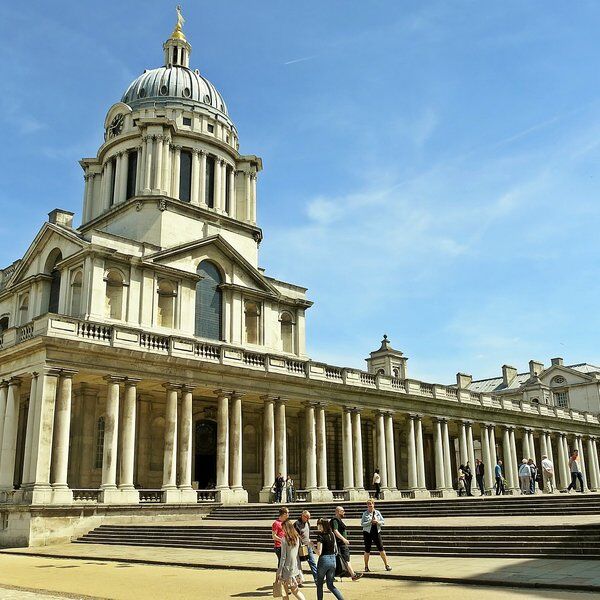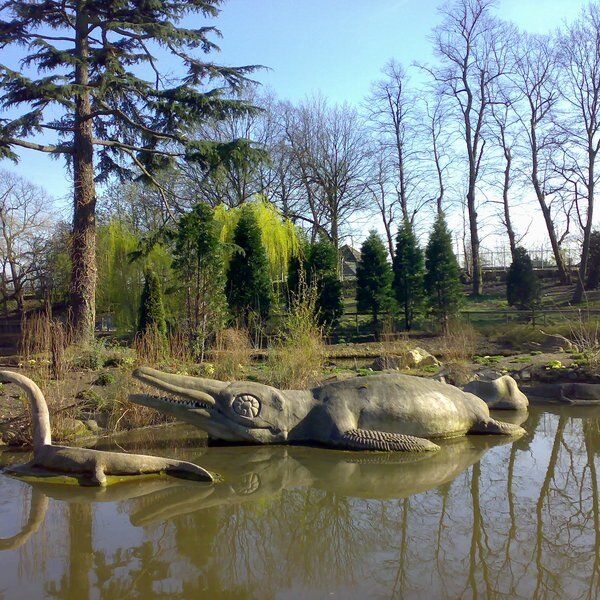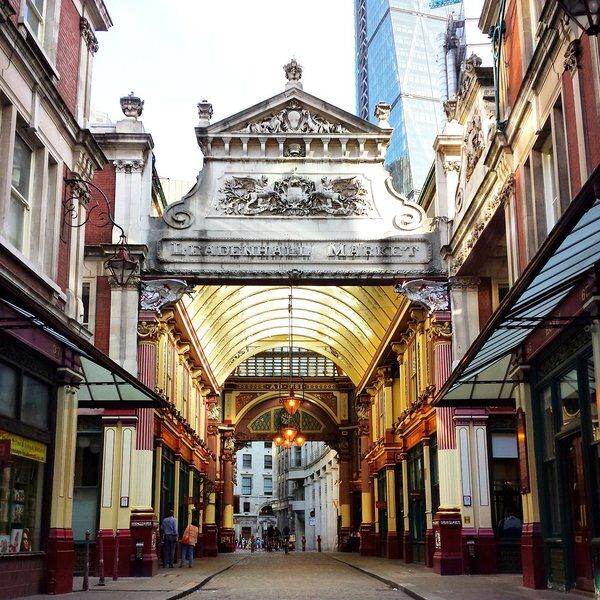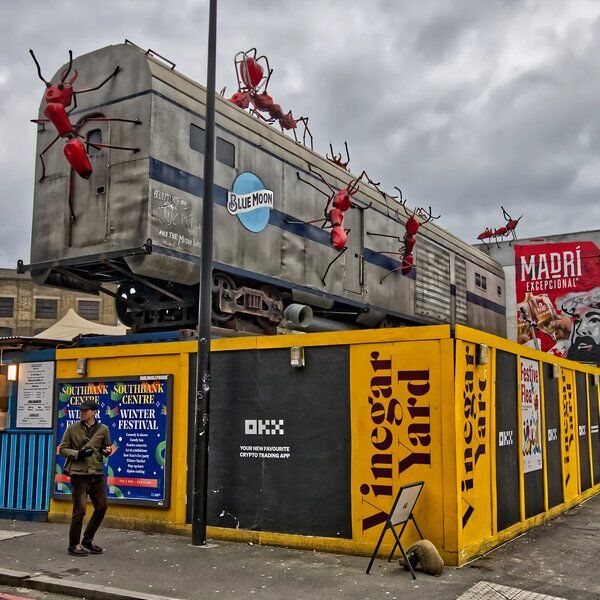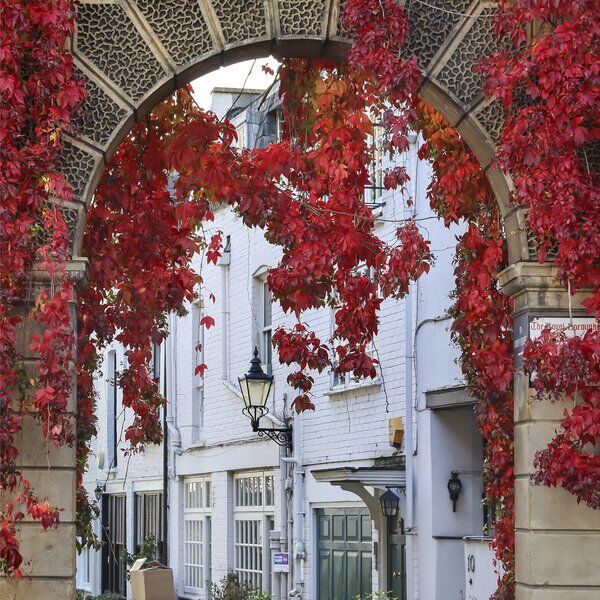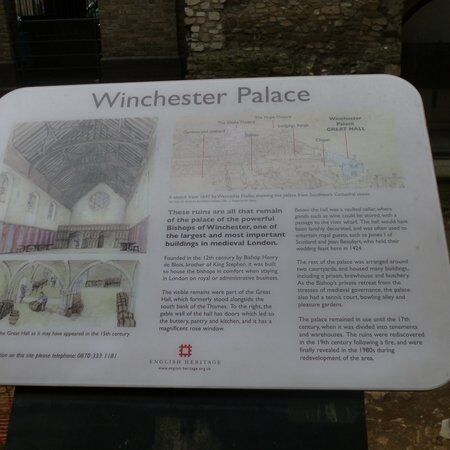
Discover Winchester Palace
Strategically situated near the River Thames, Winchester Palace was a crucial outpost for the Bishops of Winchester to oversee their vast estates and navigate the politics of the royal court.
Over the centuries, Winchester Palace became more than just an ecclesiastical seat of power. Its halls resonated with the laughter of courtiers and the clatter of bowling balls, as the bishops indulged in the pleasures of mediaeval life.
Despite its eventual decline, following a devastating fire in 1814 and conversion into flats and warehouses, the palace's Grade II listed remains managed by the Bankside Open Spaces Trust, are open to the public for exploration.
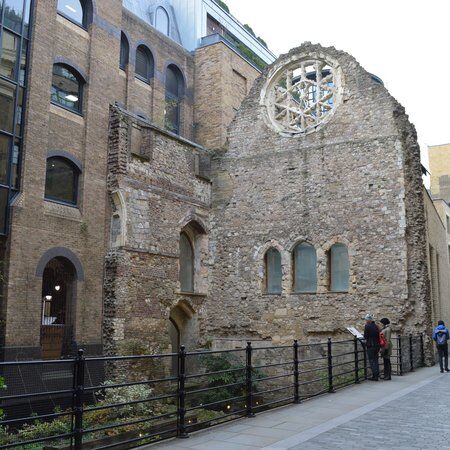
Creating Winchester Palace
Constructed in the early 13th century during the reign of King Stephen, Winchester Palace – once hailed one of mediaeval London's grandest buildings – was the prestigious residence of the Bishops of Winchester. Positioned within the Southwark parish on the south bank of the River Thames, the palace's location on Clink Street placed it in the hub of Mediaeval London. Constructed with two courtyards, the palace provided great views and easy access to the river for the swift distribution of goods.
"It was supposed to be a place to unwind and take a step back from life."
Initially constructed by King Stephen’s brother, Henry of Blois, Bishop of Winchester, the palace, with its imposing Great Hall complete with beautiful rose window, was intended as a place for bishops and royals, who were visiting London. As such it had amenities for leisure and recreation, including a tennis court, bowling alley, and pleasure gardens. The palace also included luxurious private chambers, kitchens, a prison, a brew-house, and butchery, highlighting the bishop's wealth and status.
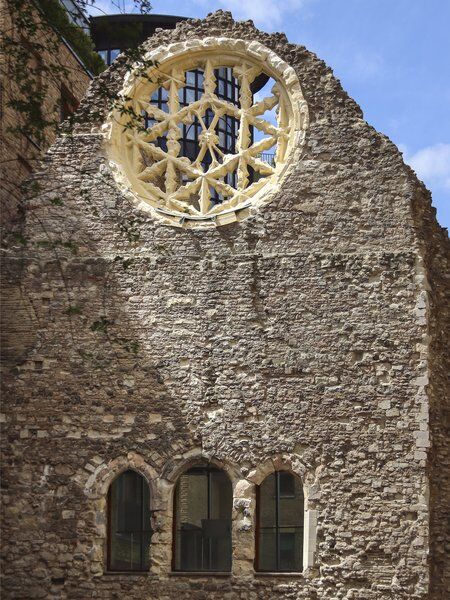
Remodelling and Renovation
At the time of its creation, Winchester Palace was truly beautiful. As time went on though it needed some upgrades. In the late 17th century, Corinthian pilasters and columns, designed by the sculptor Edward Strong the Elder, were added. This brought the palace’s appearance up to date, giving it a more contemporary, Renaissance edge.

The Great Hall at Winchester Palace
Built by master mason Henry Yevele, the Great Hall was 80 ft long by 36 ft wide and 42 ft high with soaring arched windows, intricate stonework, and a majestic timber roof. It was the centrepiece of Winchester Palace and formed the perfect setting for hosting feasts and royal gatherings, including the union of Joan Beaufort and King James I of Scotland in 1424.

The Liberty of the Clink
Associated with Winchester Palace is the Liberty of the Clink, an area along the south bank of the River Thames free from the jurisdiction of the City of London. Here, activities suppressed within the city could be openly engaged in. Gaming houses, bowling alleys, theatres, and brothels helped the area attain its notorious reputation.
The infamous Clink prison, located within the Liberty, gave rise to the slang expression "in the clink," meaning in prison. The Bishops of Winchester received rents from numerous brothels, leading to local prostitutes being known as "Winchester geese."

Decline and Adaptation
Despite its lavish beginnings, Winchester Palace gradually declined in prominence. By the 17th century, the palace had fallen into disuse and was repurposed into warehouses and apartments, reflecting a shift in priorities for London's growing population.
Tragically, damage sustained during fires in 1814 and the 19th century further diminished the palace's grandeur, reducing it to a shadow of its former self. However, the remnants that still exist today, encased by a mediaeval-style garden, represent its once-glorious legacy.
It wasn't until the 19th century that the ruins of the palace resurfaced, following a fire in 1814. Extensive archaeological excavations conducted from the 1980s onward revealed the palace's impressive scale and significance, uncovering foundation walls, blocked arches, and the iconic rose window.
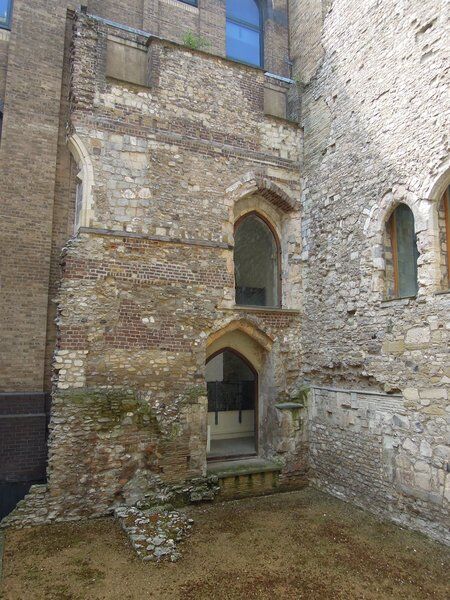
Exploring Winchester Palace Today
English Heritage states that "a few walls are all that remains of the palace of the powerful Bishops of Winchester." Despite this, it remains a cherished landmark. Visitors can wander the remains of the Great Hall, surrounded by gardens planted by the Bankside Open Spaces Trust.
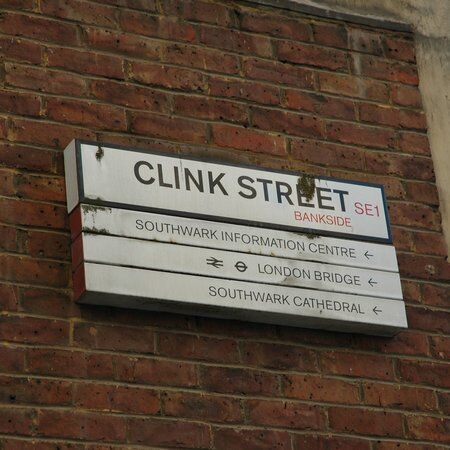
Nearby Attractions
Here are some nearby attractions to visit after you have explored Winchester Palace:
- Southwark View Point is perfect for a panorama of the city.
- The regal Southwark Cathedral.
- The Clink Museum has information on England's oldest and most notorious prisons.
- Plonk Crazy Golf at Borough Market has a fun 9-hole golf course marked by street art depicting London's iconic landmarks.
- Borough Market also has lots of individual food stalls.
- For a bird's-eye view of London, visitors can visit Sky Garden, the highest public garden in the city, or head to The Shard, home to the UK's highest-viewing gallery and perfect for a brunch date or afternoon tea.
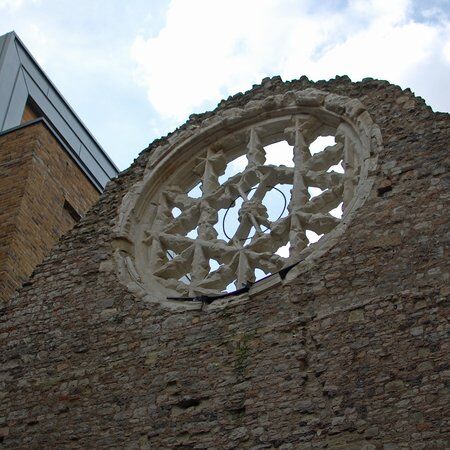
Explore London with CityDays
Interested in finding more fun things to do in London?
Discover London’s secret sights and noteworthy nooks by playing one of our London treasure and scavenger hunts, food experiences, escape room games or walking tours.
You’ll find curated trails and hunts all over London, including Central London, Mayfair, Shoreditch, Kensington and Southwark.
We also provide team building activities in London that can be made bespoke to include your office, wherever in the capital you are.
All you have to do is team up with your partner, friends, family or colleagues to solve riddles, complete challenges and answer trivia to lead you on an unforgettable journey around London’s most intriguing streets.
The best part? We’ll recommend top-rated pubs, cafés and restaurants and give your team the chance to earn rewards by competing on our leaderboard.
Take the stress out of planning your visit to London and book your adventure today!
Not visiting London this time? Don’t worry, you’ll find us all over the world.









